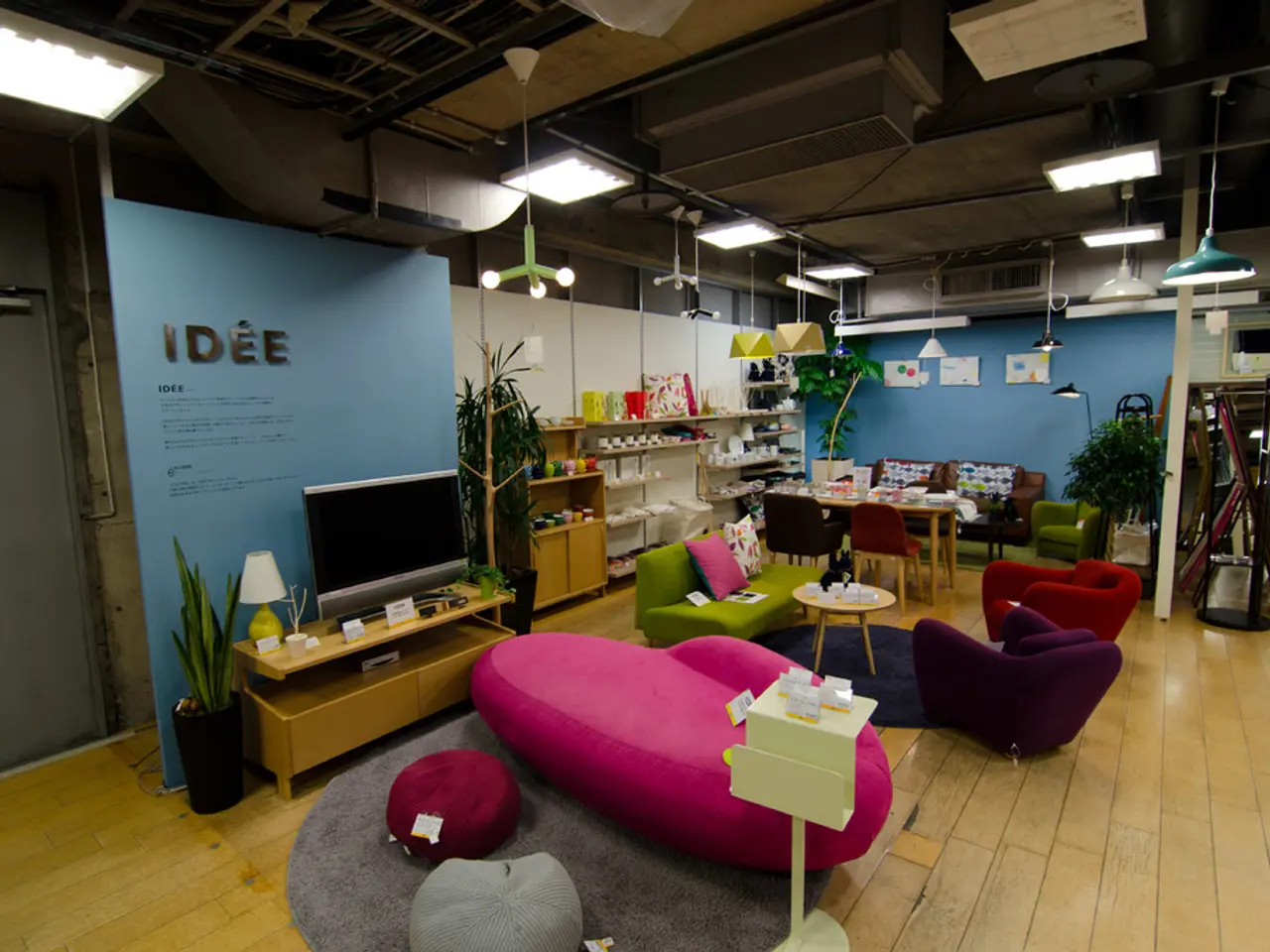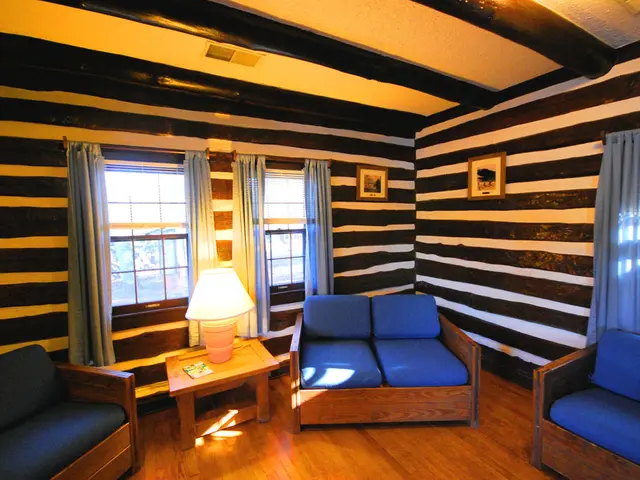Top Home Automation Server Solutions for Flexibility and Wide Compatibility
Automated Home Management System | Explore the Latest in Modern Technological Advancements
In the realm of home automation, choosing the right server can significantly enhance daily life by ensuring a seamless integration of smart devices and unlocking the full potential of home automation. Here are some top home automation server platforms that offer broad device compatibility, strong customization, and flexibility for creating automation routines.
1. Home Assistant
Home Assistant is an open-source home automation platform that provides full control over smart devices and offers a customizable dashboard. This software-based server can run on mini home servers, Raspberry Pi, or more powerful hardware like the LattePanda Sigma or a mini PC. It supports thousands of smart devices across many protocols (Zigbee, Z-Wave, Wi-Fi, Bluetooth) through native integrations and plugins. Home Assistant allows highly customizable automation routines using YAML or a visual automation editor. It can be deployed via Docker or native OS installations, making it well-suited for users wanting deep control and flexible automation design.
2. Node-RED
Node-RED is a flow-based programming tool popular for integrating various IoT devices and services. It supports a wide range of protocols and APIs, enabling customized logic flows. Node-RED can run on mini home servers, including those recommended for 2025 with low power consumption. Often used alongside Home Assistant or standalone for custom automation workflows, Node-RED provides a powerful solution for those seeking flexible integration options.
Recommended Hardware for Hosting Home Automation Servers
When it comes to hosting home automation servers, hardware with low power consumption and multi-storage support is essential. Mini home servers with Intel N100 CPUs and 16GB RAM, such as the LincStation N2, provide the processing power and flexibility needed to run Docker, Home Assistant, Node-RED, Plex, and other services simultaneously. For more demanding automation and AI tasks, powerful SBCs like the LattePanda Sigma, with an x86 Intel Core i5 and up to 32GB RAM, offer PCIe expansion and full Windows/Linux support.
Dedicated Smart Home Hubs with Broad Compatibility and Automation
For those who prefer a plug-and-play solution, dedicated smart home hubs with multi-protocol support are a strong choice. The Aqara Smart Hub M2 supports Zigbee, Bluetooth, Wi-Fi, plus an IR blaster, controlling up to 128 devices. It is compatible with Apple HomeKit, Alexa, Google Assistant, and SmartThings, providing smooth automation experiences like scene control and sensor-triggered actions. The Aqara Smart Hub M100 is an entry-level version that runs on Zigbee devices, making it a good choice for smaller spaces or beginners eager to grow their system over time.
Summary Table
| Solution Type | Example | Supported Protocols | Device Compatibility | Automation Flexibility | Hardware Requirements | |-----------------------|-------------------|-------------------------------|------------------------------|-------------------------------------|---------------------------------| | Software-based Server | Home Assistant | Zigbee, Z-Wave, Wi-Fi, BLE, etc. | Thousands of devices | Highly customizable (YAML, UI) | Mini home server, SBC, PC | | Flow-based Automation | Node-RED | All via APIs and plugins | Broad, depends on setup | Visual flow editor, highly flexible | Mini home server, SBC, PC | | Dedicated Hub | Aqara Smart Hub M2 | Zigbee, Bluetooth, Wi-Fi, IR | Up to 128 devices | Smooth pre-built automation | Standalone hub | | Dedicated Hub | Aqara Smart Hub M100 | Zigbee | Smaller scale setup | Basic automation, easy setup | Standalone hub |
Key Considerations
- For maximum customization and integration, running Home Assistant or Node-RED on a capable mini home server (like LincStation N2 or LattePanda Sigma) is best.
- If you want plug-and-play ease with multi-protocol support, Aqara hubs are a strong choice, although less flexible than software platforms.
- Hardware with good networking (2.5GbE or 10GbE) and storage flexibility is recommended to future-proof your home server setup.
- Choose your server platform based on your comfort with DIY setups (more flexible) versus desire for straightforward, reliable out-of-the-box solutions (dedicated hubs).
This balanced approach ensures you can manage a wide range of smart devices and design tailored automation routines with ease and scalability. While it's possible to set up a home automation server yourself, some systems may require more advanced knowledge, especially for complex setups with numerous devices. Security is a top priority for many home automation servers, with features like encryption, two-factor authentication, and secure remote access available. Regular software updates also help protect the system from potential vulnerabilities. Hubitat Elevation is another powerful home automation server that focuses on local control, ensuring faster response times and more reliable automation even when the internet is down. Home Assistant supports various integrations with devices and services, making it a flexible option for tech enthusiasts. The SmartThings Hub is a popular home automation platform that acts as the central control unit, integrating a wide range of smart devices.
- With Home Assistant and Node-RED running on a mini home server like the LincStation N2 or LattePanda Sigma, users can enjoy a high level of customization and integration among their various smart-home-devices, gadgets, and home-and-garden technology.
- For easier setup and broader compatibility with multiple protocols, the Aqara Smart Hub M2 serves as a dedicated smart home hub that seamlessly controls up to 128 smart devices while integrating with popular digital assistants, making it a perfect fit for lifestyle enhancement in the home automation realm.




